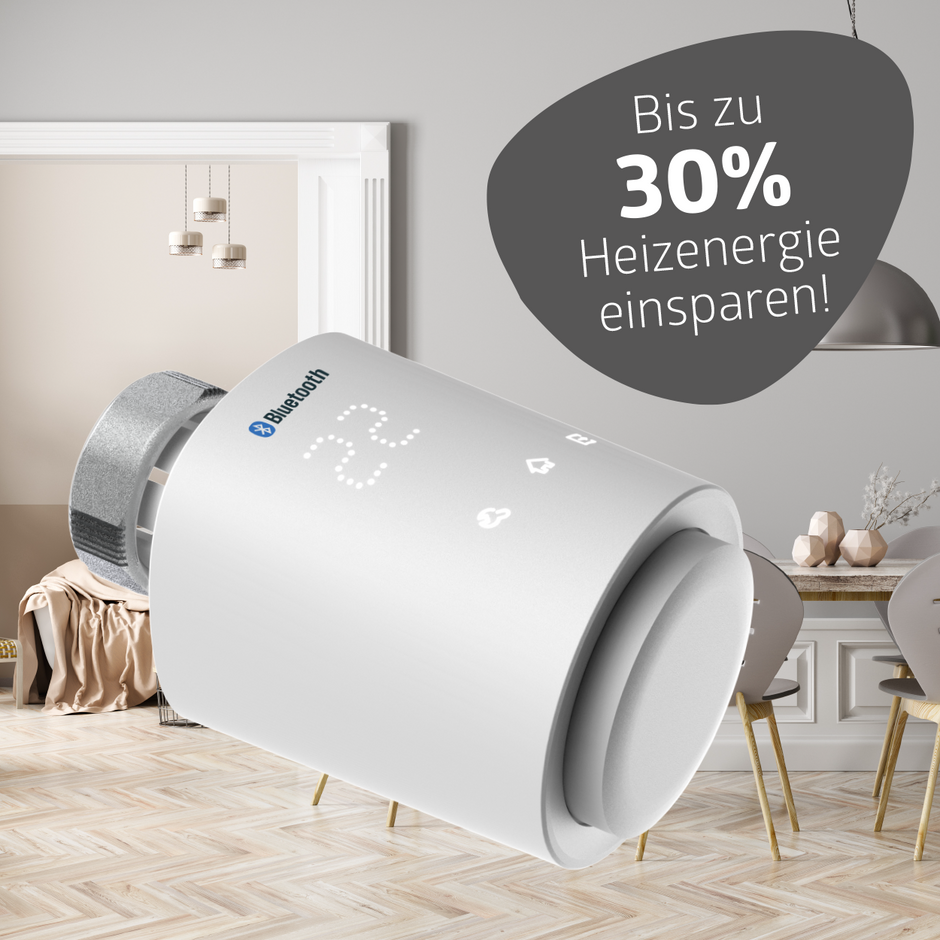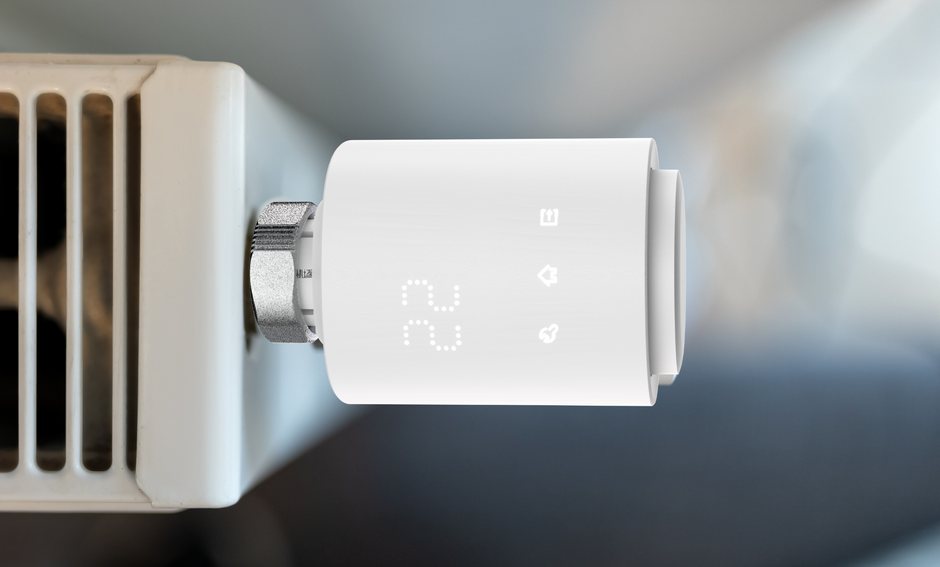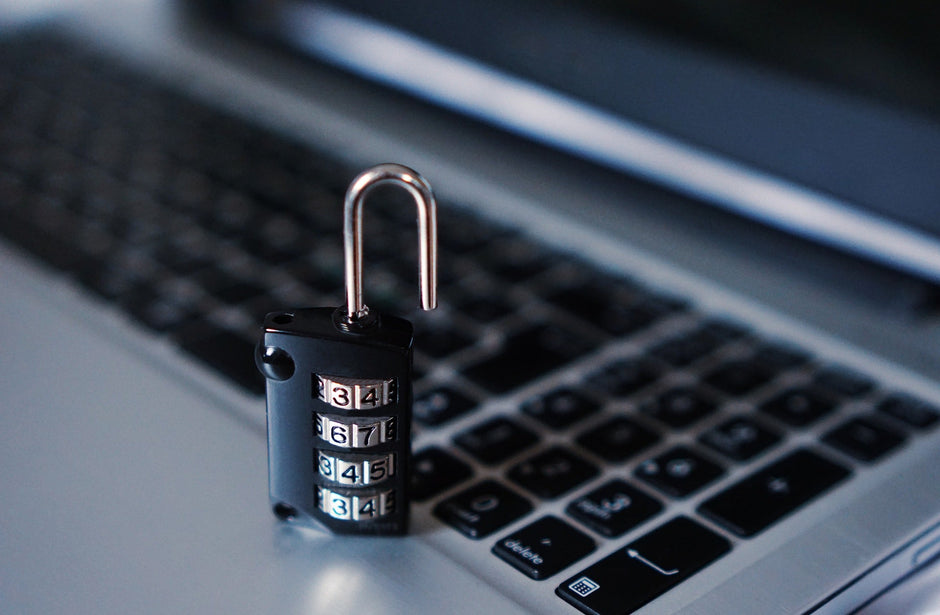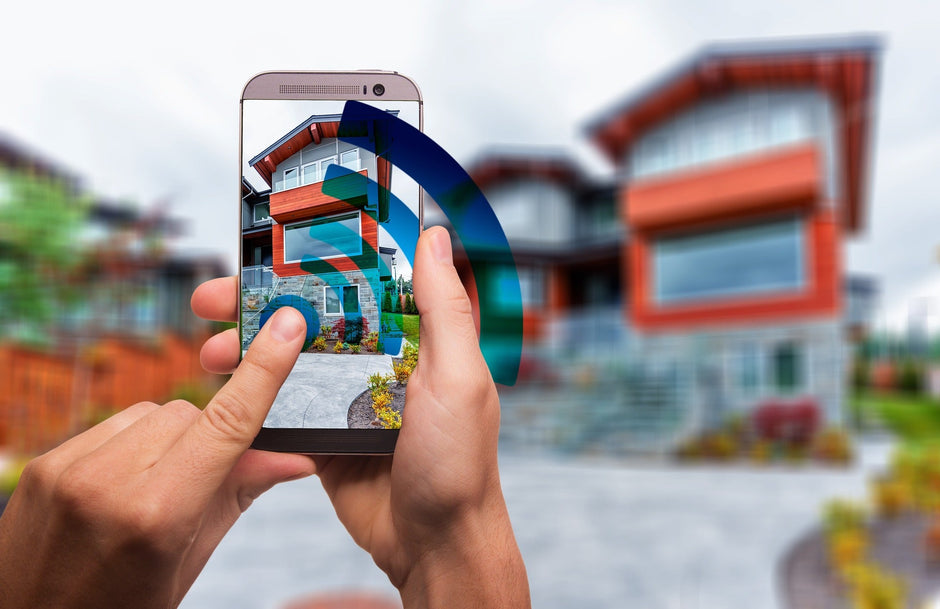The media repeatedly reports on attacks on smart TVs, smartphones, or entire smart home systems. But there's no reason to panic! With a few basic security precautions, you can protect your smart home from hackers. And we strongly recommend it! After all, in the analog world, you wouldn't leave your front door wide open, right? In this article, we'll explain how protection works in the virtual world.
Conversations are recorded, and the camera captures the most intimate moments. Sound like fiction? Unfortunately not. True horror stories keep surfacing in the press. Smart home devices can become bugs in your living room. For example, a couple from Great Britain was filmed having sex by the camera of their SmartTV. The film surfaced online; friends had pointed it out to them. A nightmare!
Another horror story is told by a young couple from the USA: A hacker accessed their smart home system from outside, turned up the heating, played any music they wanted, and even communicated directly with them via loudspeaker. The gateway here was a surveillance camera.
As you can see, a single inadequately protected smart home device can be enough to wreak havoc on your entire smart home system – but only if you don't take any security precautions. In both of the examples above, the smart home owners could have easily prevented the attacks from the outset. You need to protect your smart home devices just like you protect your PC or smartphone!
6 tips on how to close security gaps in your smart home
1. Install updates regularly
We're all familiar with this from our smartphones: Updates need to be installed at regular intervals. Many devices offer an automatic update function—both smartphones and smart home devices. You can easily enable this feature in the device settings. With wesmartify, you configure this setting via the wesmartify app. Can't find the setting option? No problem. Our technical hotline is happy to help. Simply call +49 5063 799 4024.
2. Install security apps
There are a growing number of security apps that can protect your devices from attacks. Do you have a smart TV running Android? Then get the app " ESET Smart TV Security, " for example. Some smart TVs have their own operating systems (for example, Samsung devices) and therefore their own security applications. Samsung has its own virus scanner and also offers the option of using the licensed virus scanner from McAfee. Our tip: Check online to see if you can find security apps for your smart devices. If not, ask the manufacturer directly if they have suitable apps.
3. Secure your Wi-Fi with a complicated password
Securing your Wi-Fi network sounds simple. But is it? Actually, yes. The first and most important step is: Choose a unique, secure password! Never use default names and passwords!
Here’s a quick reminder for good and secure passwords:
- no combination of your family names, birth dates, addresses or letter sequences that are next to each other on the keyboard
- Do not use passwords twice and change them regularly
If you keep getting confused about your passwords, a password manager can help. This stores all your passwords in one place and protects them with a master password. This way, you only need to remember one password instead of different ones for each login. “CHIP” test winner for password managers By the way, LastPass Premium is closely followed by 1Password.
4. Check how the device manufacturer handles your personal data
Pay attention to the following things when purchasing:
- Data transfer regulations: Make sure that the manufacturer does not request any personal information during the registration process in the app (wesmartify respects your privacy – we are not interested in streets, places of residence, dates of birth, or other personal information).
- Data storage regulations: The location of the smart home system's cloud server is also important. The wesmartify server is located in Germany and is therefore subject to strict German law and the European General Data Protection Regulation (GDPR). The commands from your smart home devices stay here and don't travel around the globe.
- Good encryption protocol: The wesmartify system also operates on the basis of AES 128-bit encryption. AES is one of the most secure encryption methods currently available.
5. Use more than one Wi-Fi network
It may sound a bit complicated, but it's worth it: Instead of putting all your household's internet-enabled devices on one network, create several smaller networks. If a hacker penetrates one of these networks, the devices on the remaining networks remain untouched. We therefore recommend setting up a separate network for all your smart home devices. Don't know how? Then get help from an IT specialist. It's easy to do via the Tech Service platform. Mila .
6. Turn off webcams and microphones
In the device settings, you can deactivate cameras and microphones when you don't need them. You can connect smart speakers to a switchable outlet for this purpose. This way, the speaker isn't constantly on and in "listening mode." Another simple tip: Cover the cameras on smart devices. This applies to laptops and smartphones as well as tablets and smart TVs. It's important to note: wesmartify devices obviously don't have any hidden cameras or microphones built into them. Only devices explicitly designated as camera systems have a camera. And only the speakers have microphones.




























